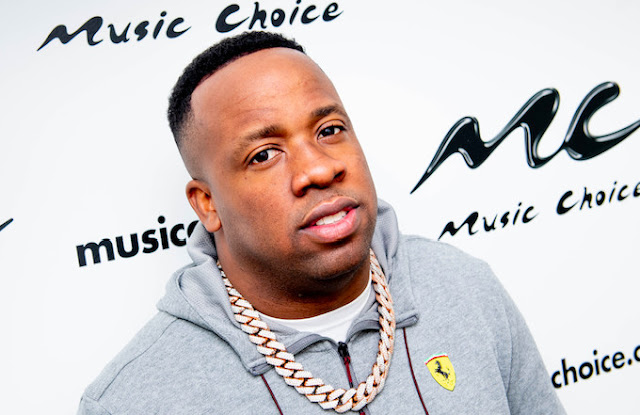
“(Bleep) everybody and (bleep) everything. In a genre - sorry, “industry” - where lines between art and commerce often vanish, where success on the latter front is made subject matter and celebrated, almost definitionally, as success on the former, Dolph forging his own path was a triumph. Memphis rapper Young Dolph (left) performs during halftime of the Memphis Grizzlies’ game against the Utah Jazz on May 29, 2021. The Robin Hood idea, of an “outlaw” figure both popular among the people and generous with them, is even older. It’s a dynamic that spans genres and eras, though perhaps no other strain of music has made those connections into subject matter as fully. The notion of crime-connected music-makers did not begin with hip-hop, as the Frank Sinatra poster in Tony Soprano’s strip-club office reminds us on every “Sopranos” rewatch. Literal truth or just an essential one? And how does one reconcile that? One assertion in “Major”: “Sold a hundred pounds and gave 10% to the pastor.” He was charismatic, but composed even when the material was at its most pained or provocative. His flow was assured, but not antic or athletic. That appealing sense of regularness was there in Dolph’s vocal style. The video for “Major” opens with a similar scene, a shirtless Dolph reaching into the cold case of a Memphis corner store. The song’s lyrics are rich with details: “I remember my mama and daddy didn’t even have a car” and “Rich n***a still in the neighborhood store eating cold cuts.” It was in “Hold Up, Hold Up, Hold Up,” whose video sets riches aside, depicting Dolph as a workaday guy at a dry cleaner, checking tags and pushing around the clothes cart.Īttractive before, the clip is more poignant now, suggesting some other less lucrative but longer life. That sense of being of the people even after his musical rise was felt in the music itself as much as in his penchant for buying cookies at Makeda’s, the beloved neighborhood staple that proved the site of his death.

It’s known now that shortly before his death, he’d stopped by West Cancer Center in Germantown, thanking staff for helping care for multiple family members who, he said, “came through these doors.” He did much of his charitable work in the city via his own Ida Mae Family Foundation, named for the grandmother who raised him, who died in 2008. “Born in the Eighties/Crack baby/Mama, she was in the streets/So guess who raised me?,” Dolph rapped on 2014’s “Preach,” which also details witnessing a shooting at age 9.Įven earlier, and not a hit, is “Much Deeper,” a detailed and expansive recounting of lost loved ones, including a grandmother and uncle lost to illness and two friends to gun violence.ĭolph’s music was suffused with familial loss, and so was his public life beyond the music. Part of this was the autobiography established early by a Hamilton High graduate who grew up on Castalia Street in South Memphis, raised by a grandmother in the shadow of largely absent parents. And then another later the same year in Los Angeles, which put Dolph in the hospital. It was the third since his rise to musical notoriety, following two incidents in 2017: One in Charlotte, North Carolina, in which 100 rounds were fired at a bulletproof SUV he was in.

It’s nice to think we’re one Memphis, but most know we are many.Īs most reading this now know, the shooting of Dolph on Wednesday was not a first attempt.

Unlike homegrown stars of earlier eras - Elvis or Otis or Al or even Justin - this is how a self-described “King of Memphis” could make music that meant everything to some pockets of the city and nothing at all to others. It’s also because of the kind of music Dolph made, a strand of street-oriented rap loved intensely by some but particularly forbidding to many more. And in a time when most music is streamed, it’s hard to know how much chart success really means. The big bangs of the ’50s and ’60s made Memphis a music mecca, but as the pop-music galaxy has expanded, nearly everything has become niche.


 0 kommentar(er)
0 kommentar(er)
